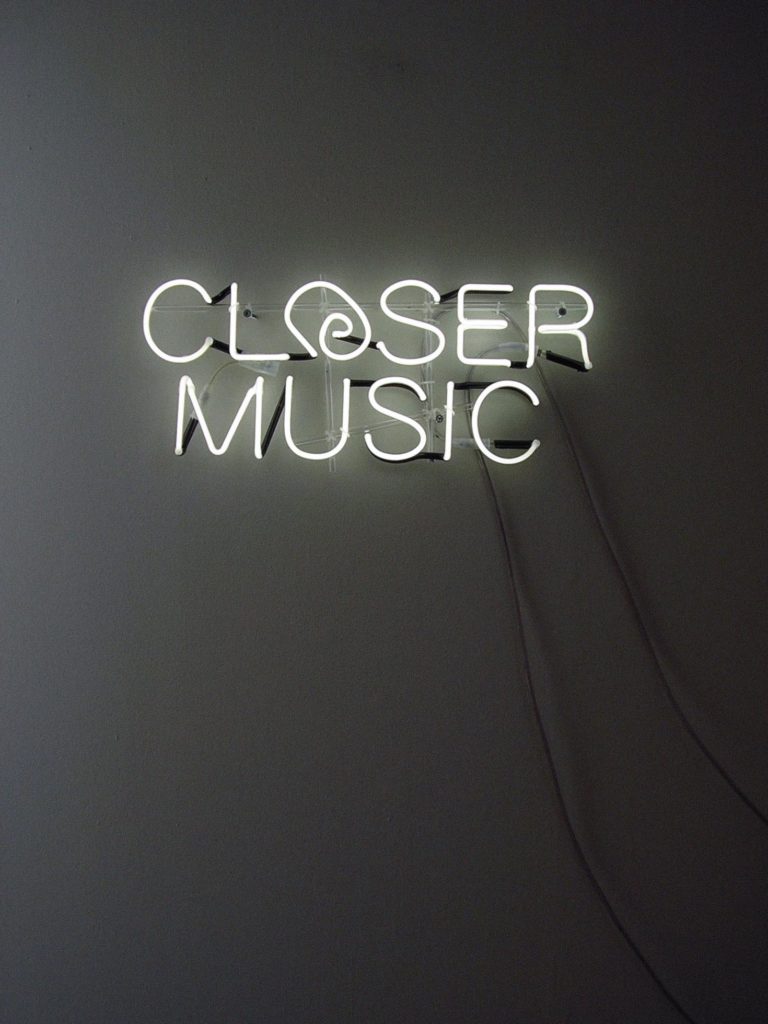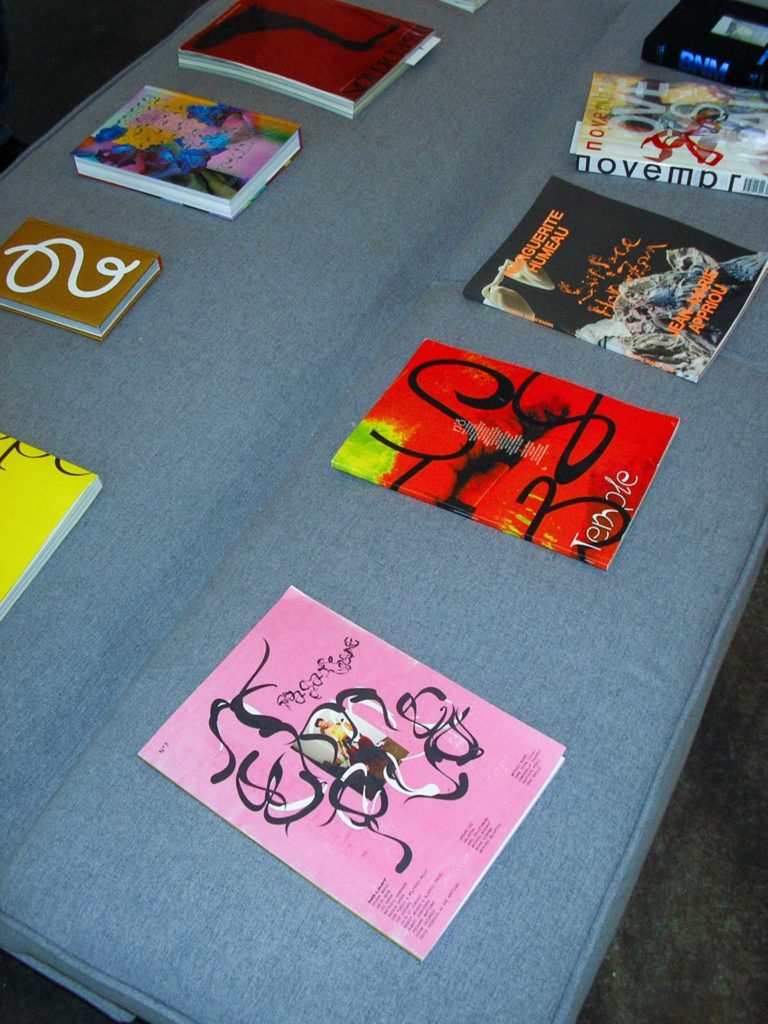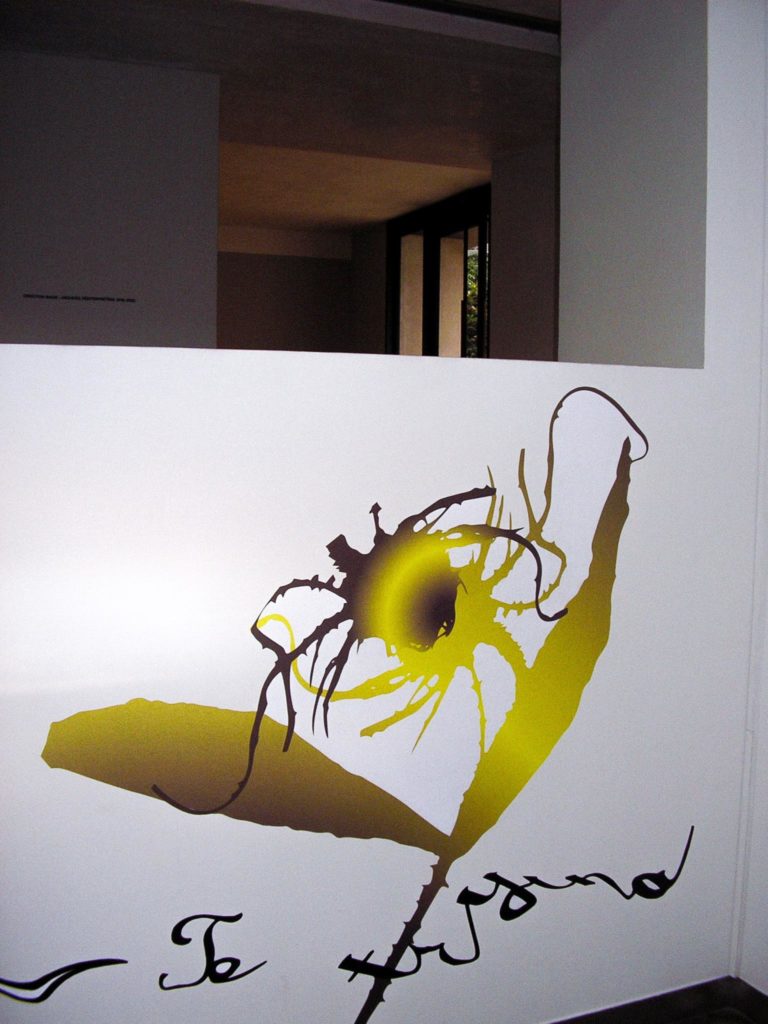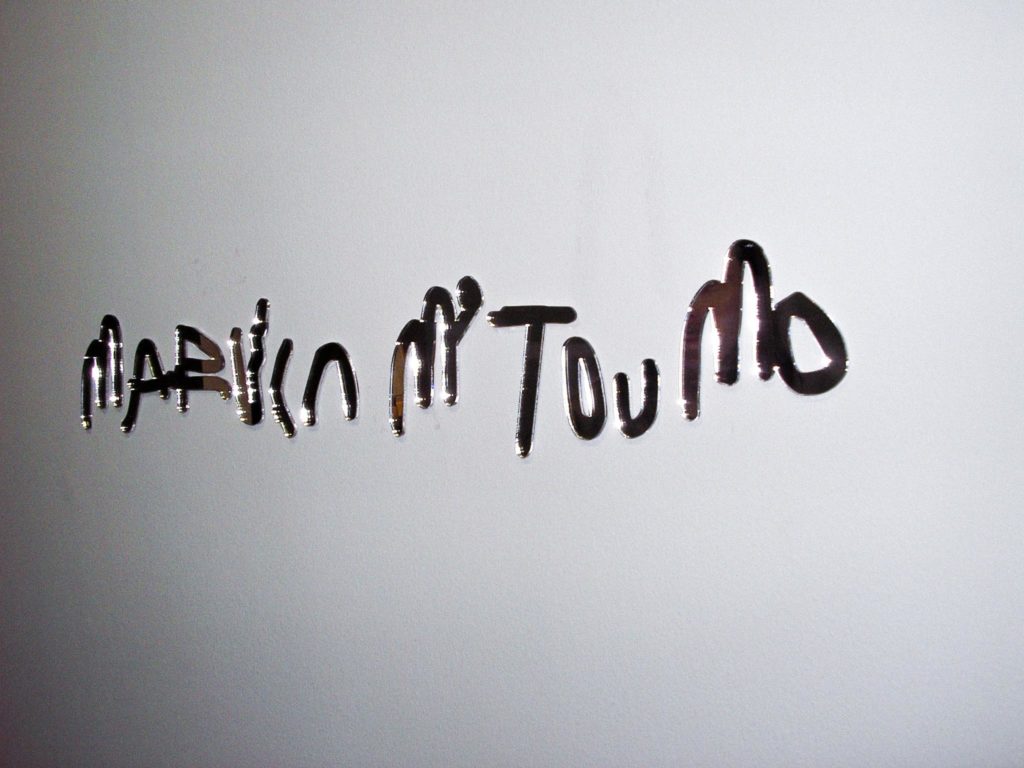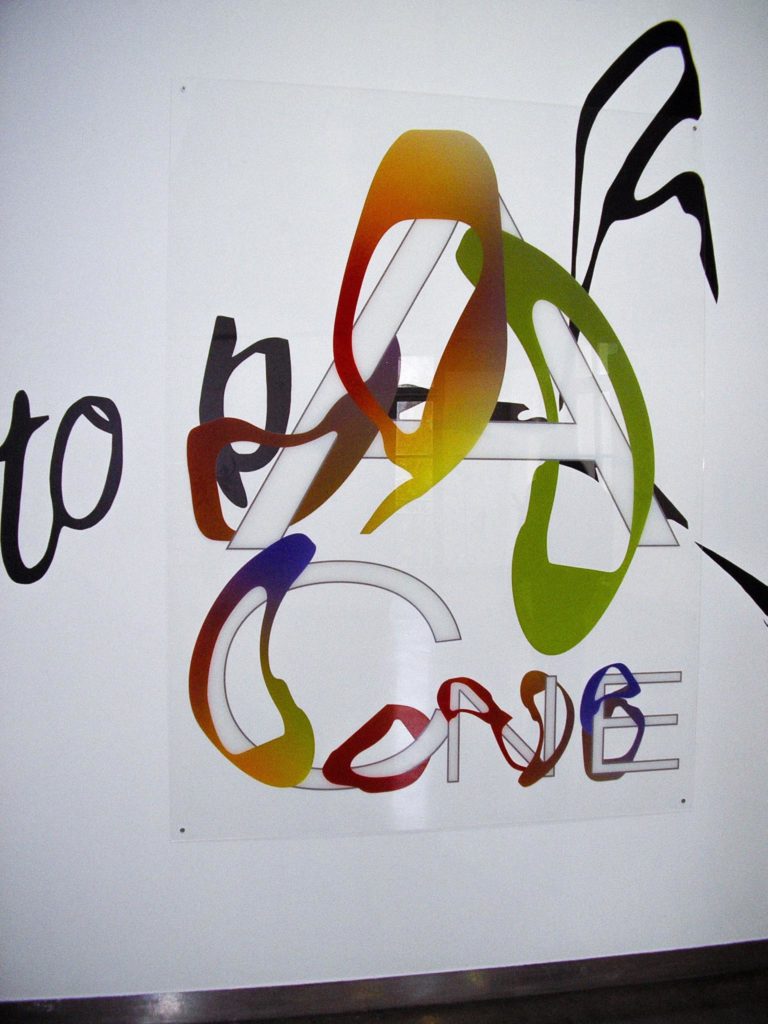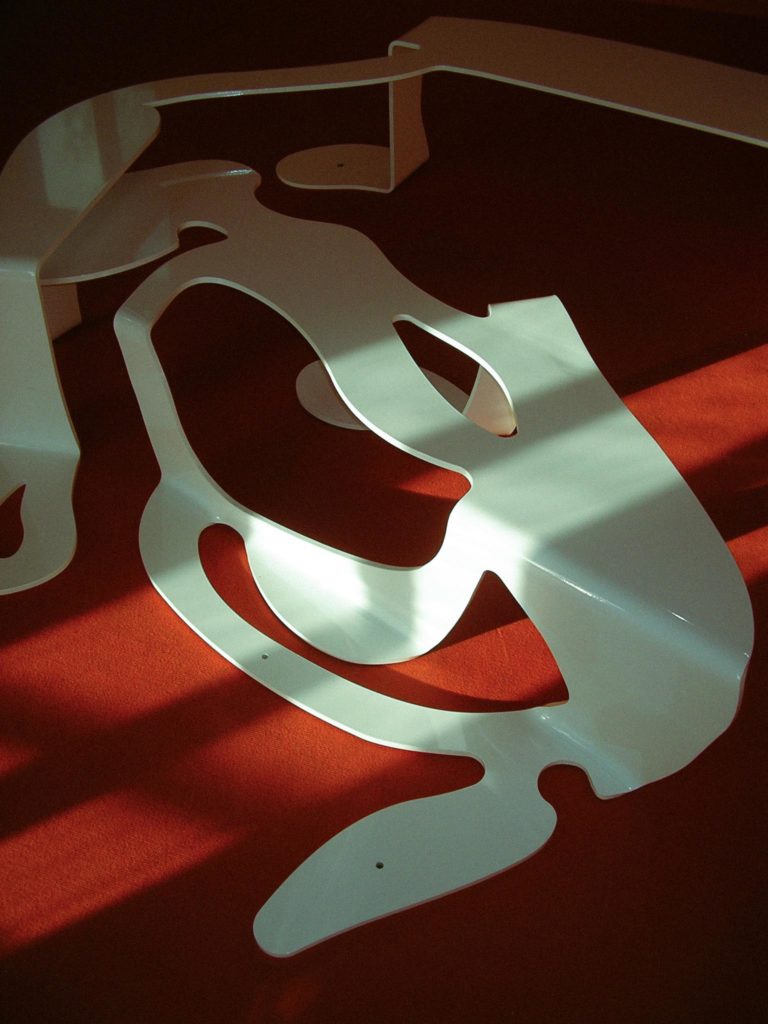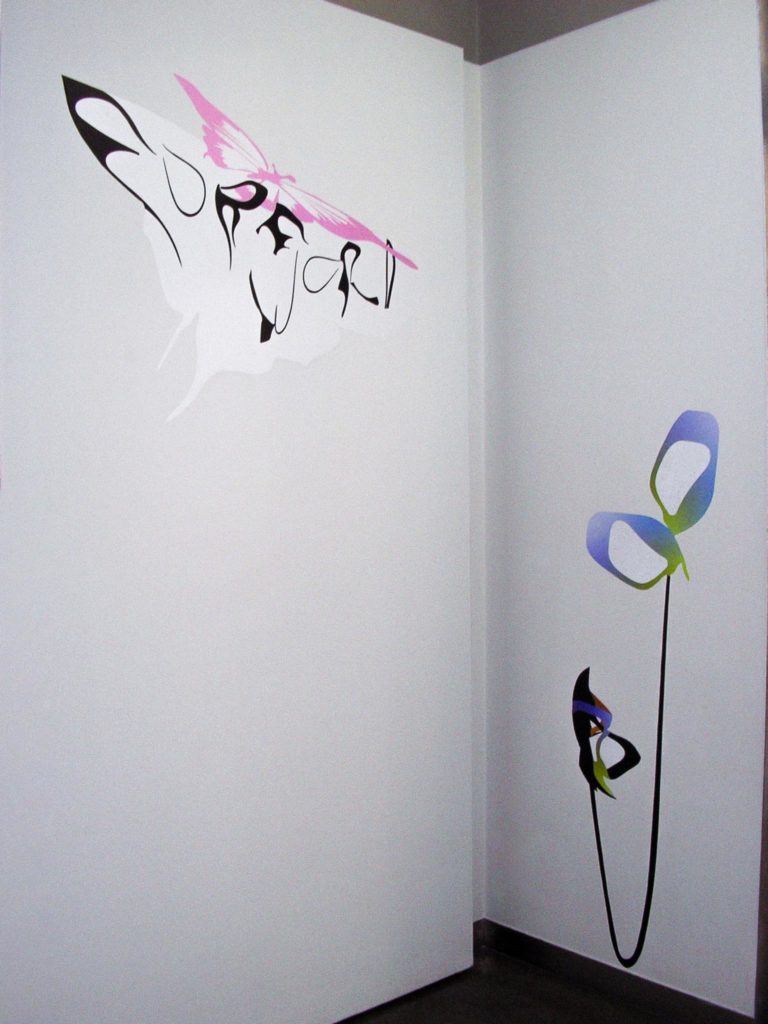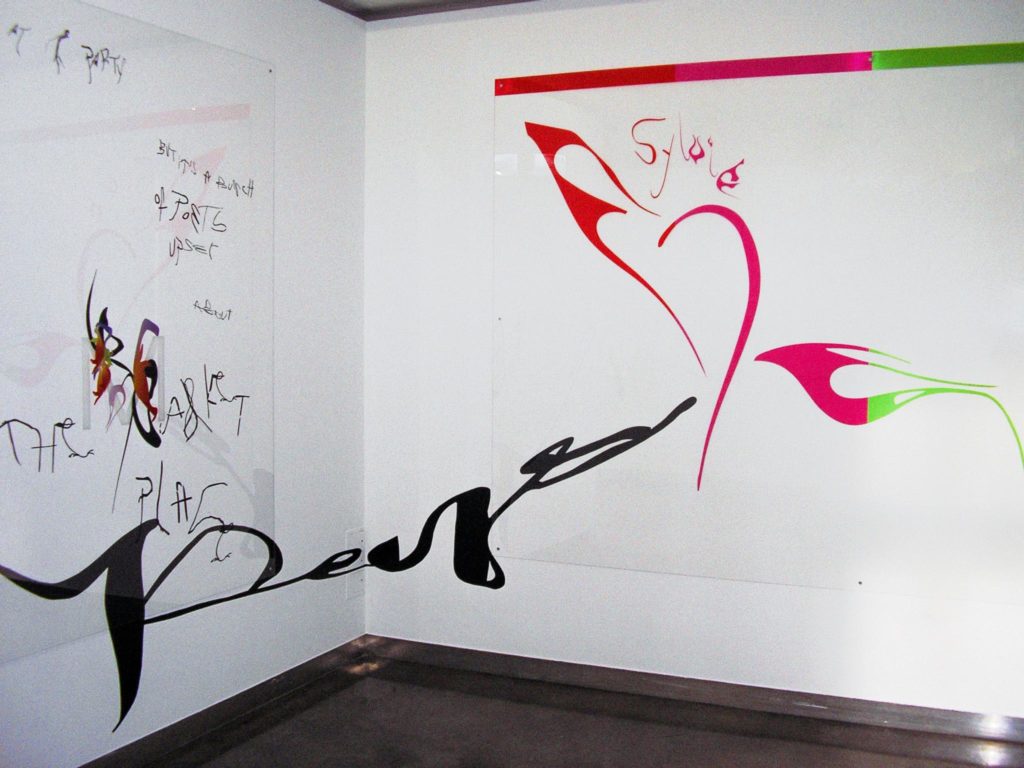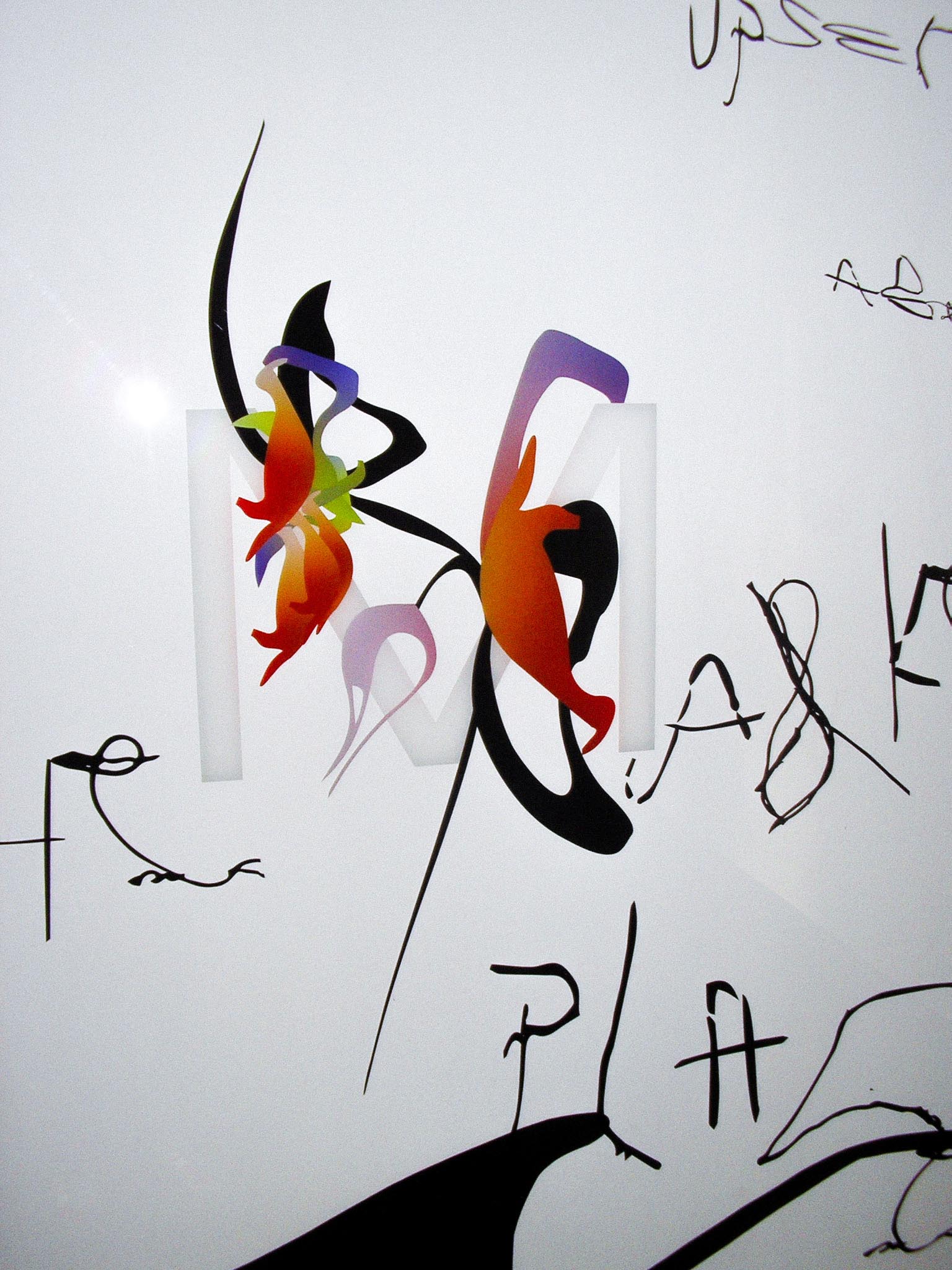
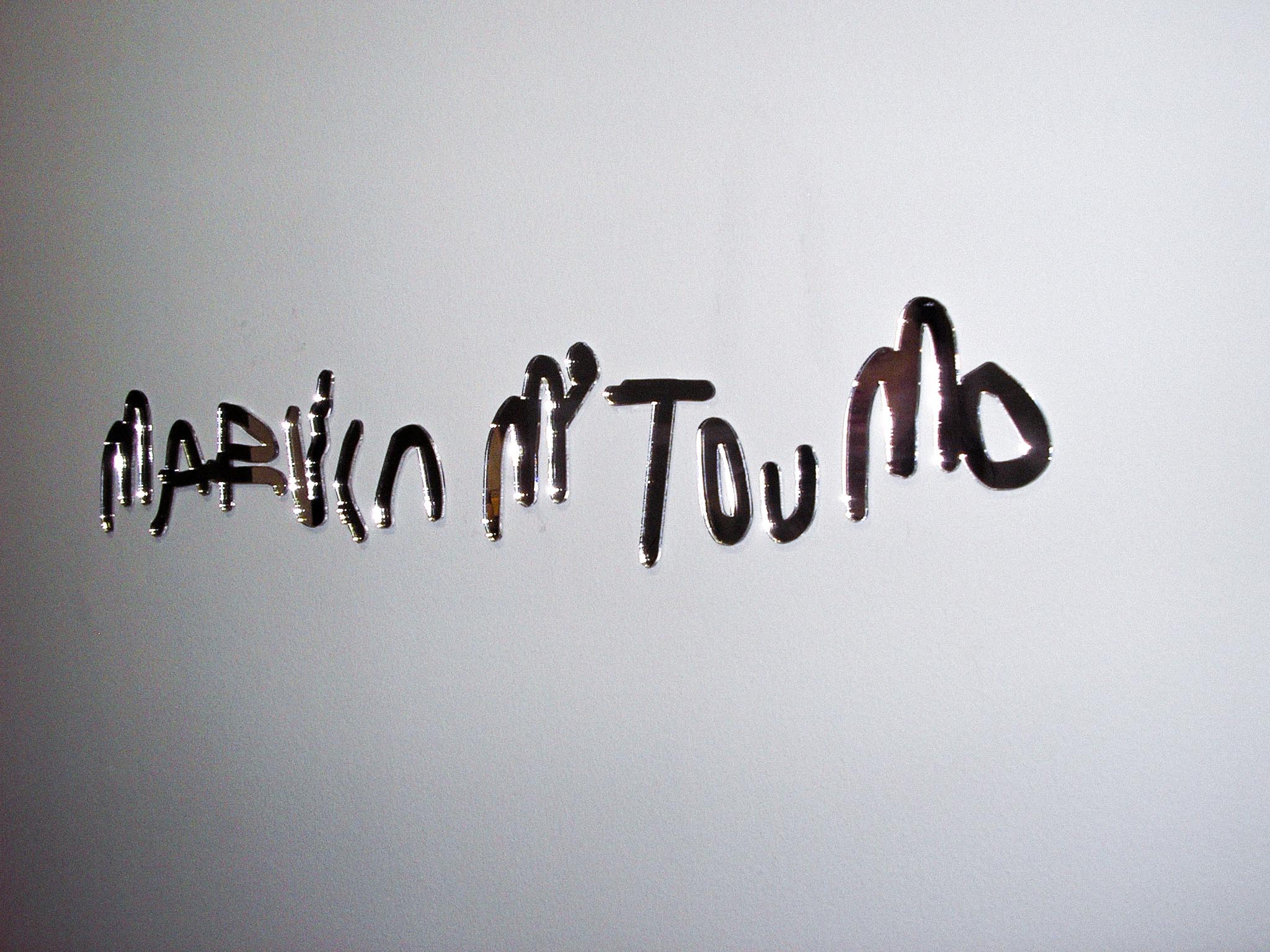
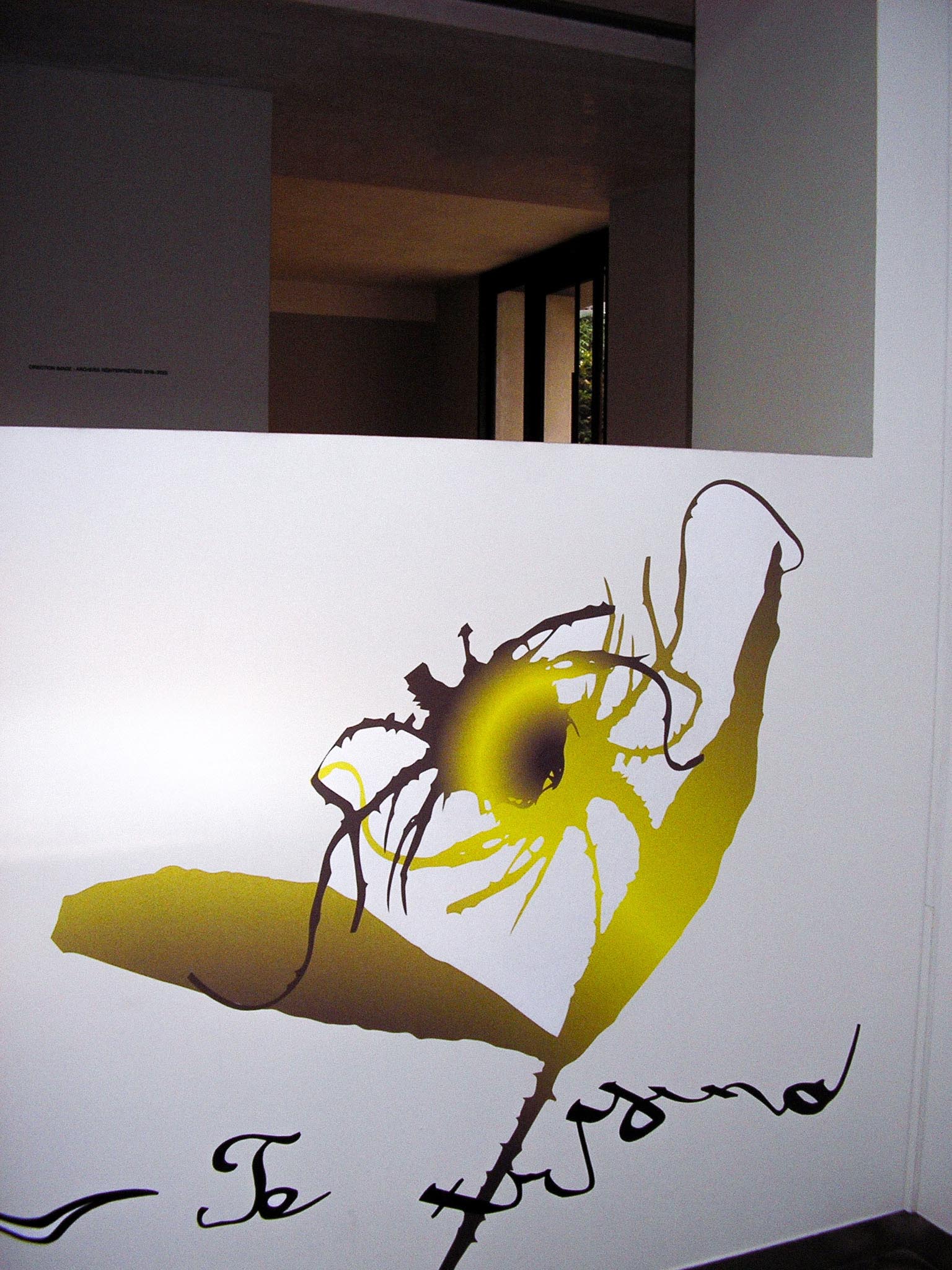
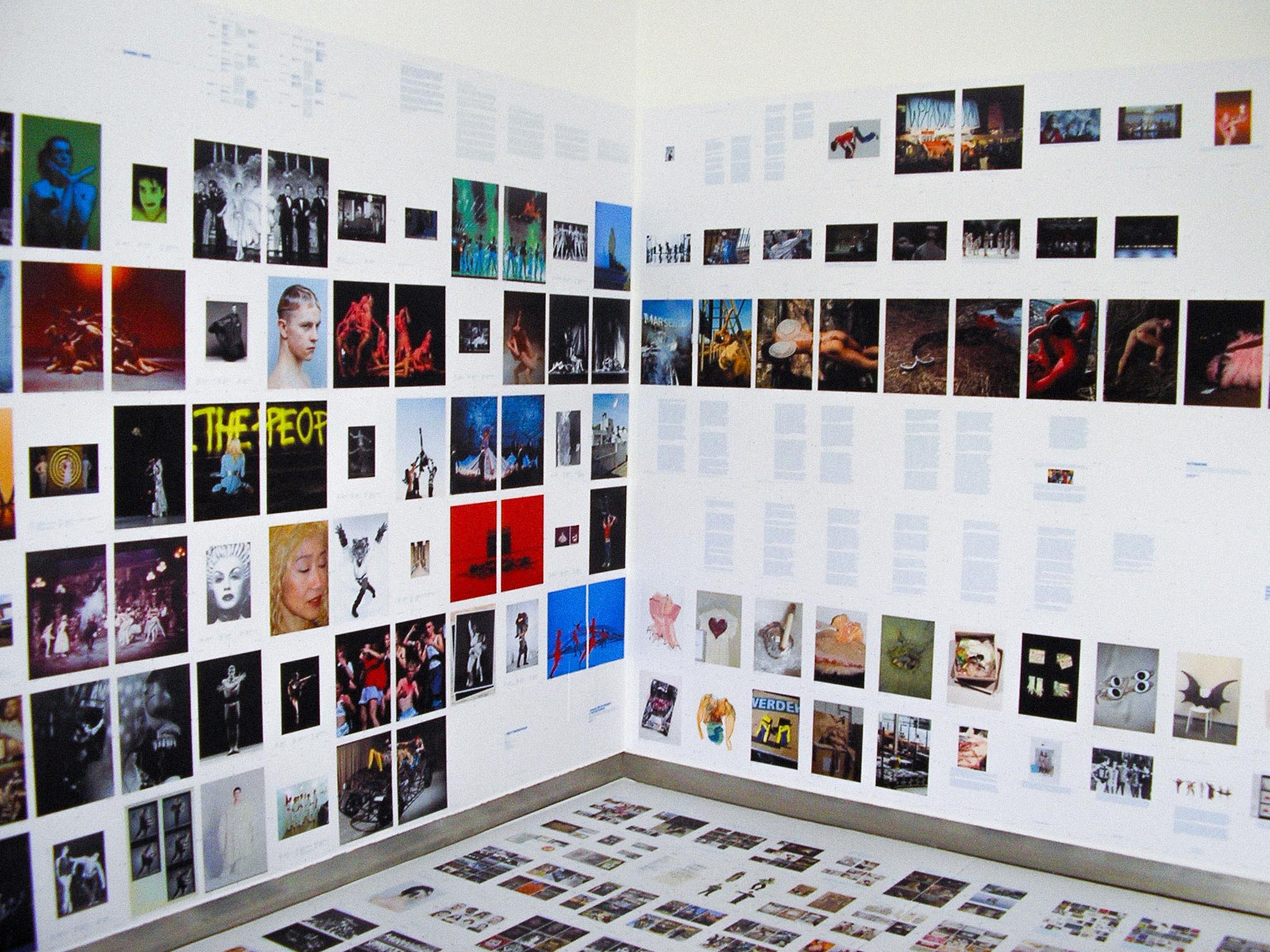
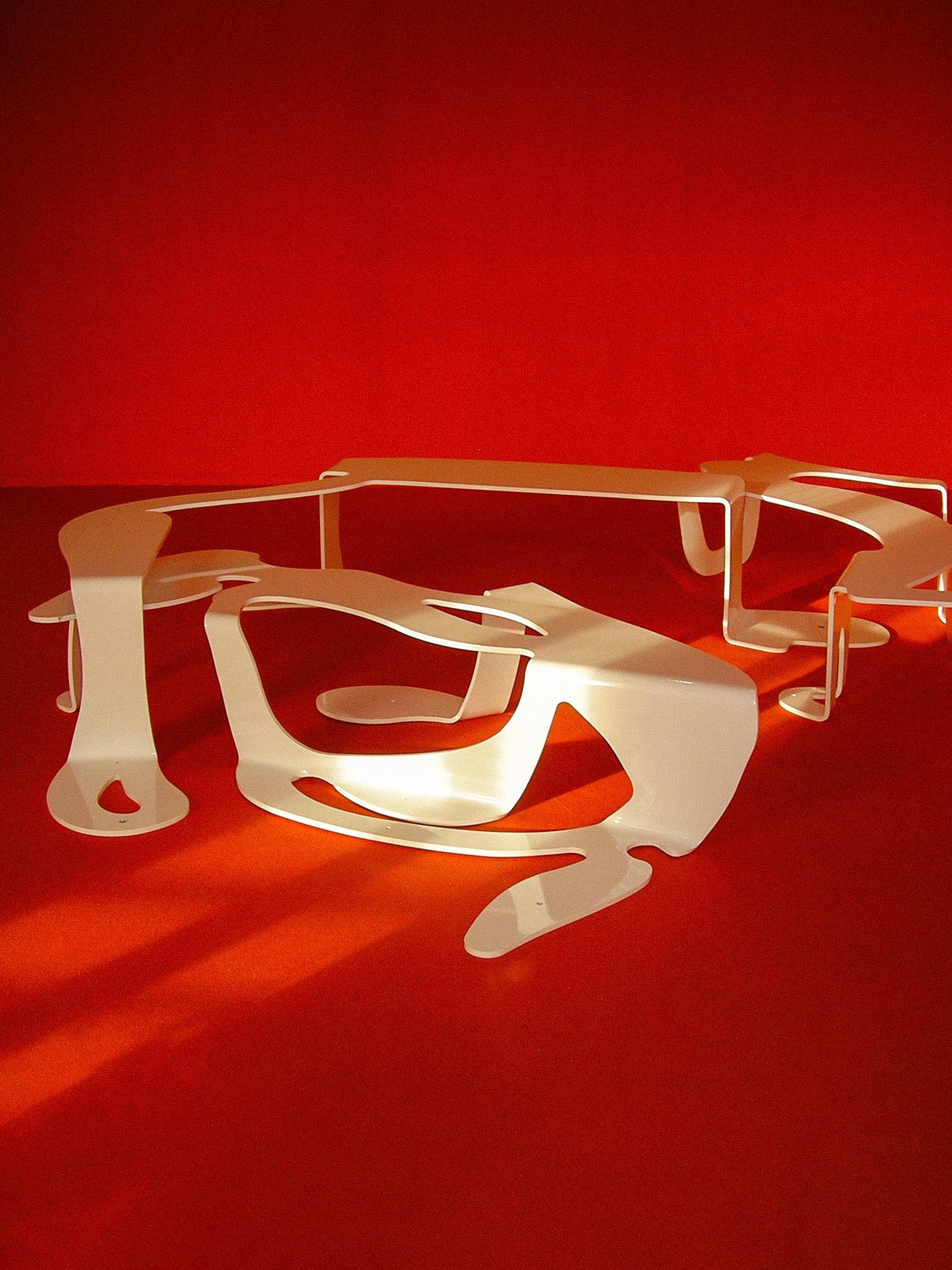
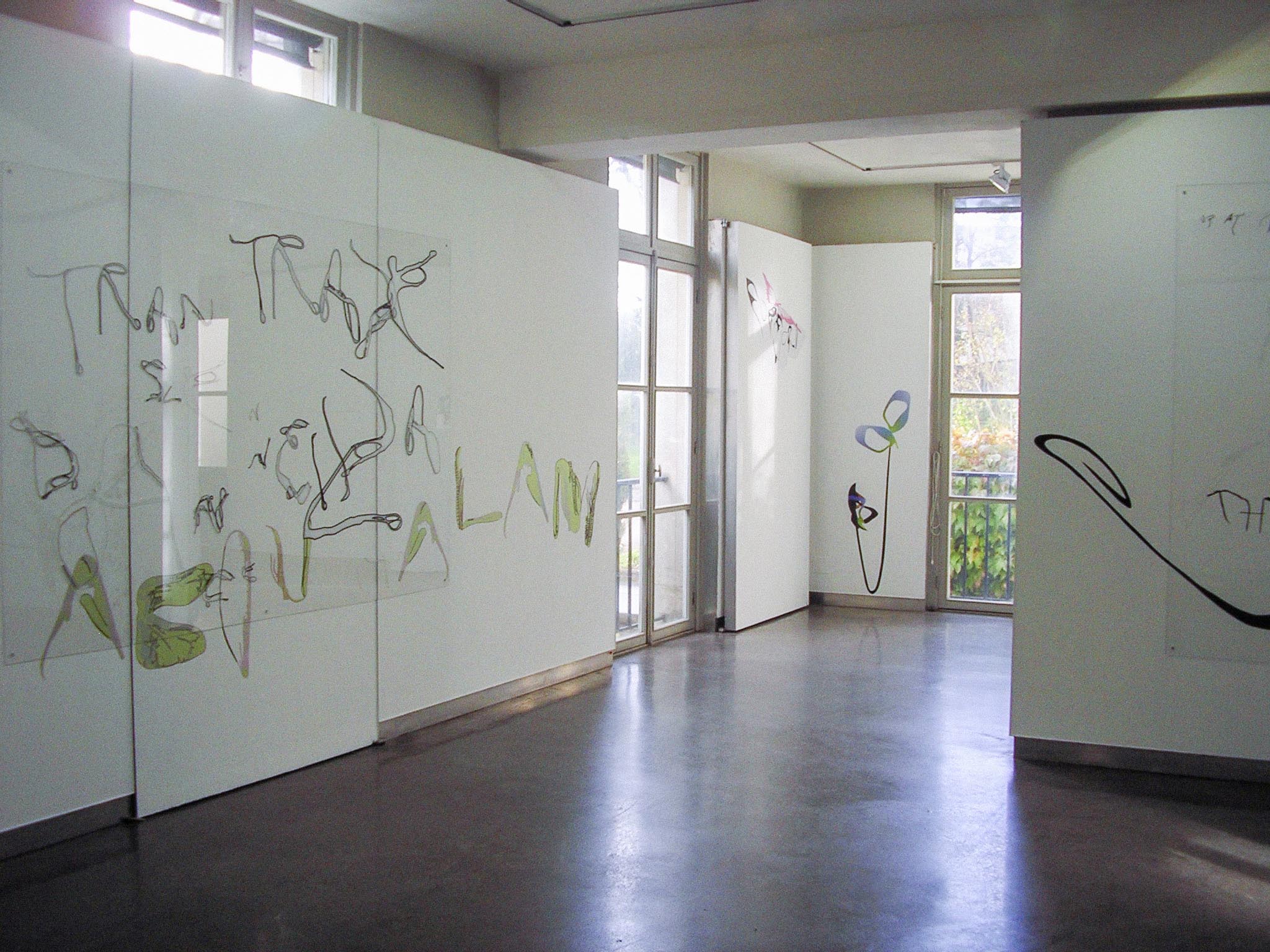
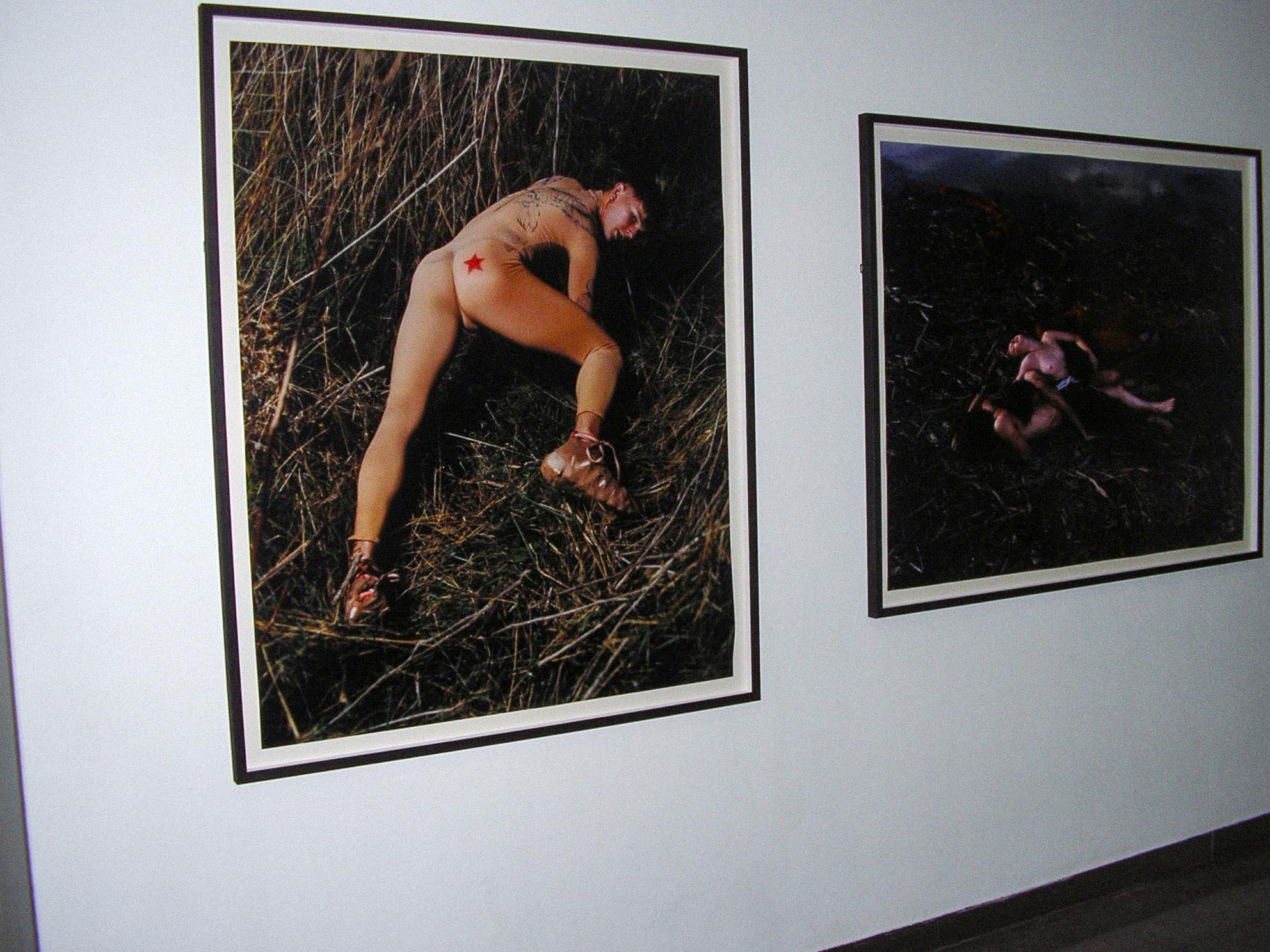
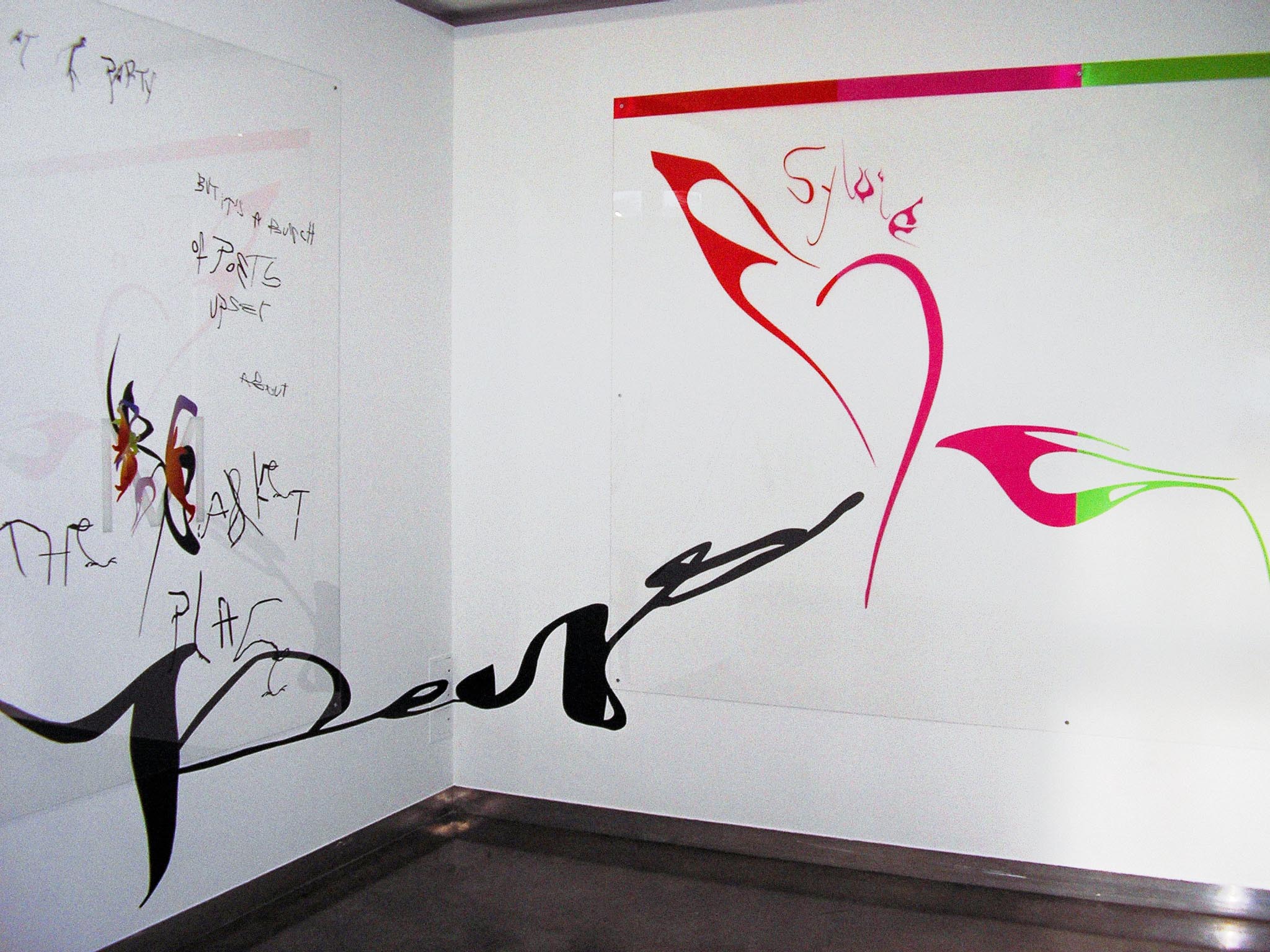
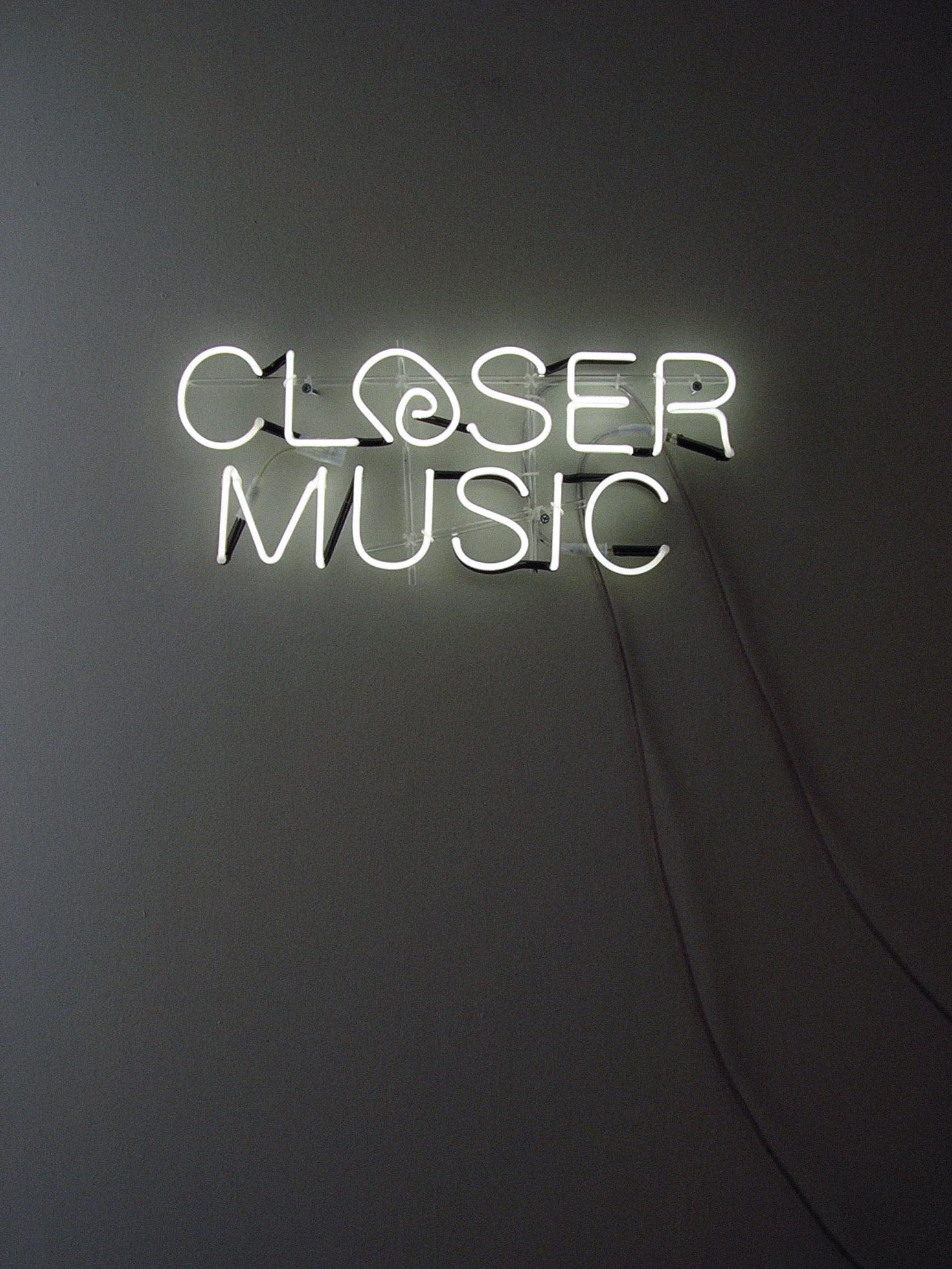
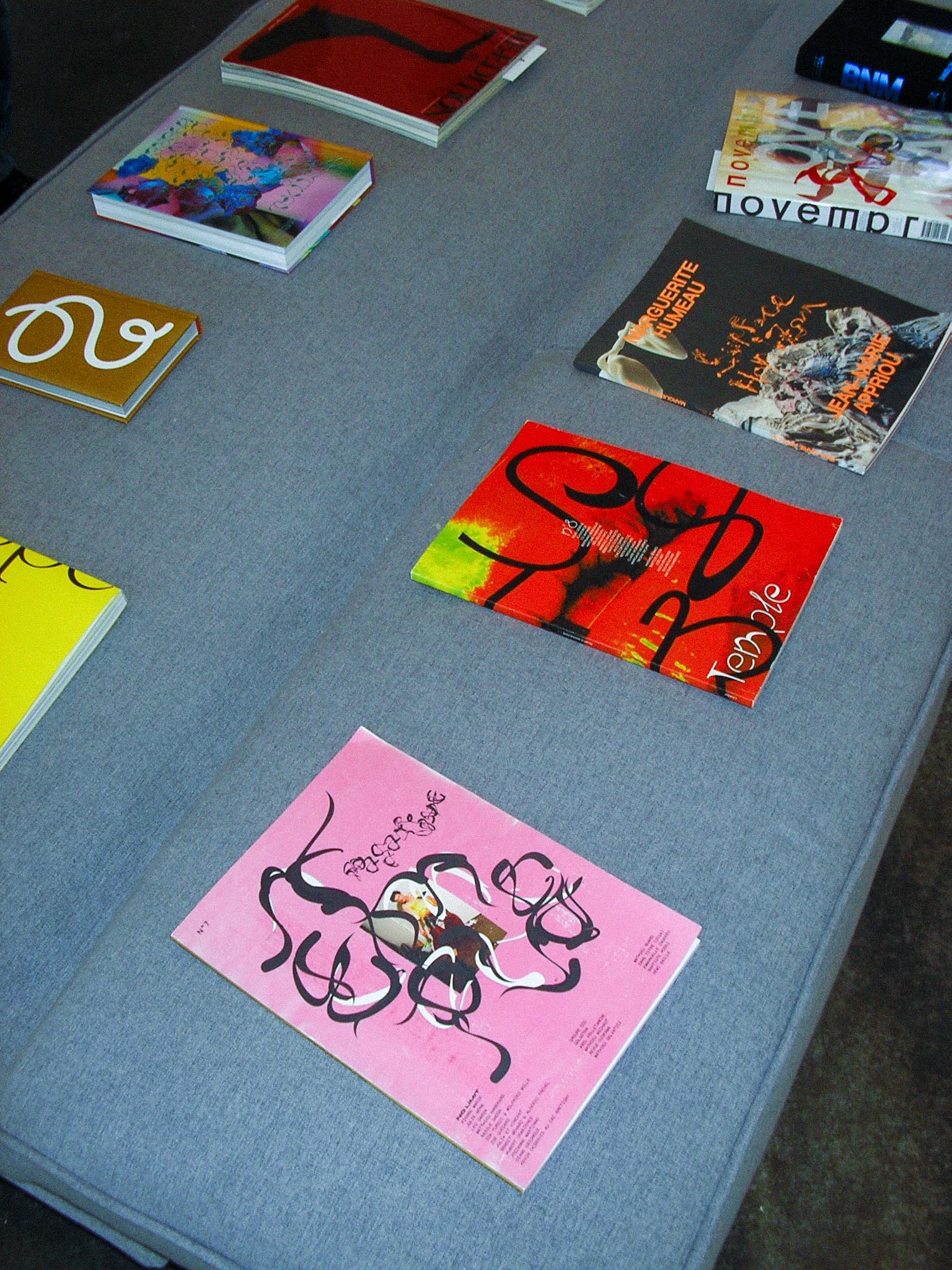
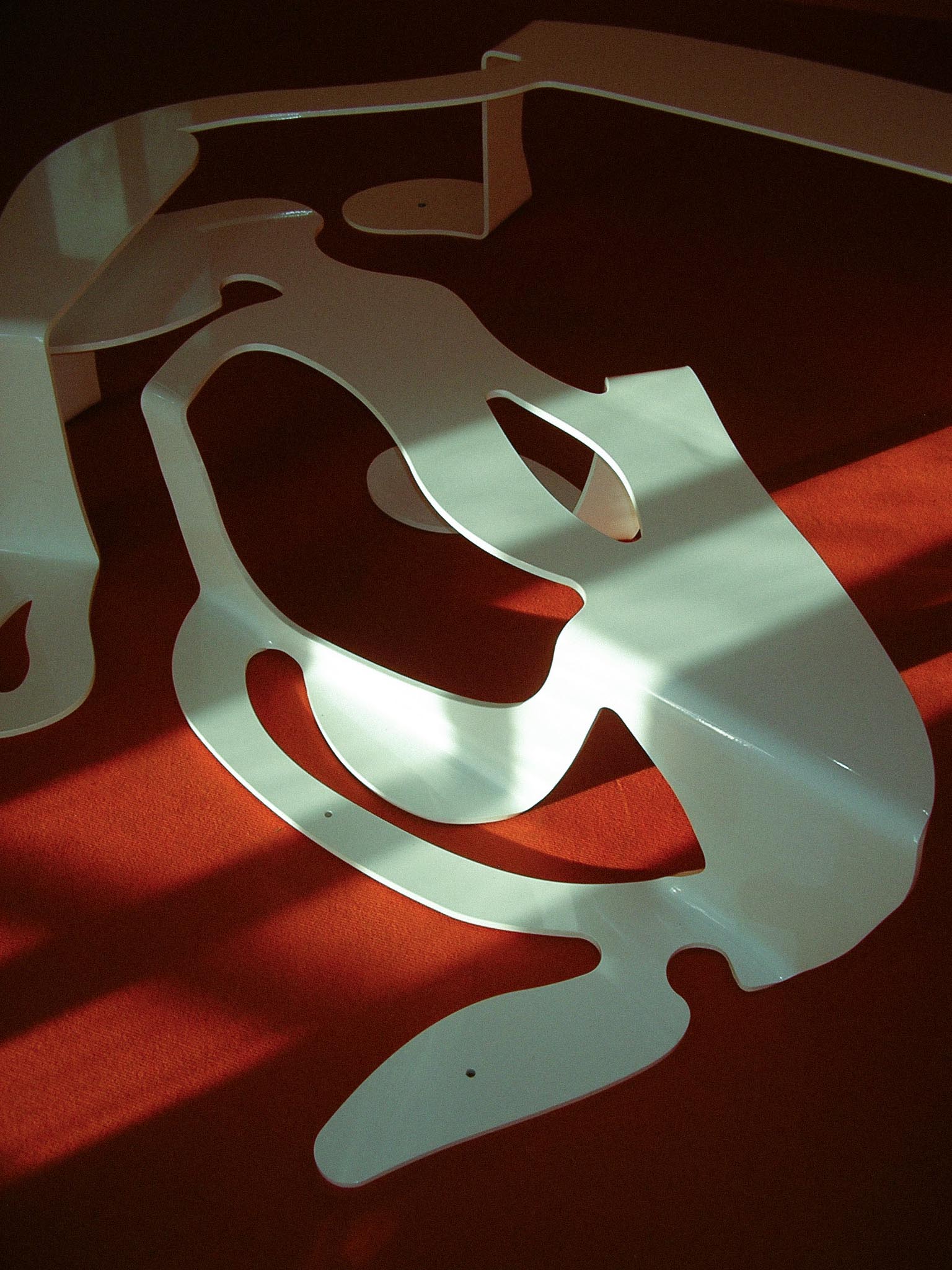
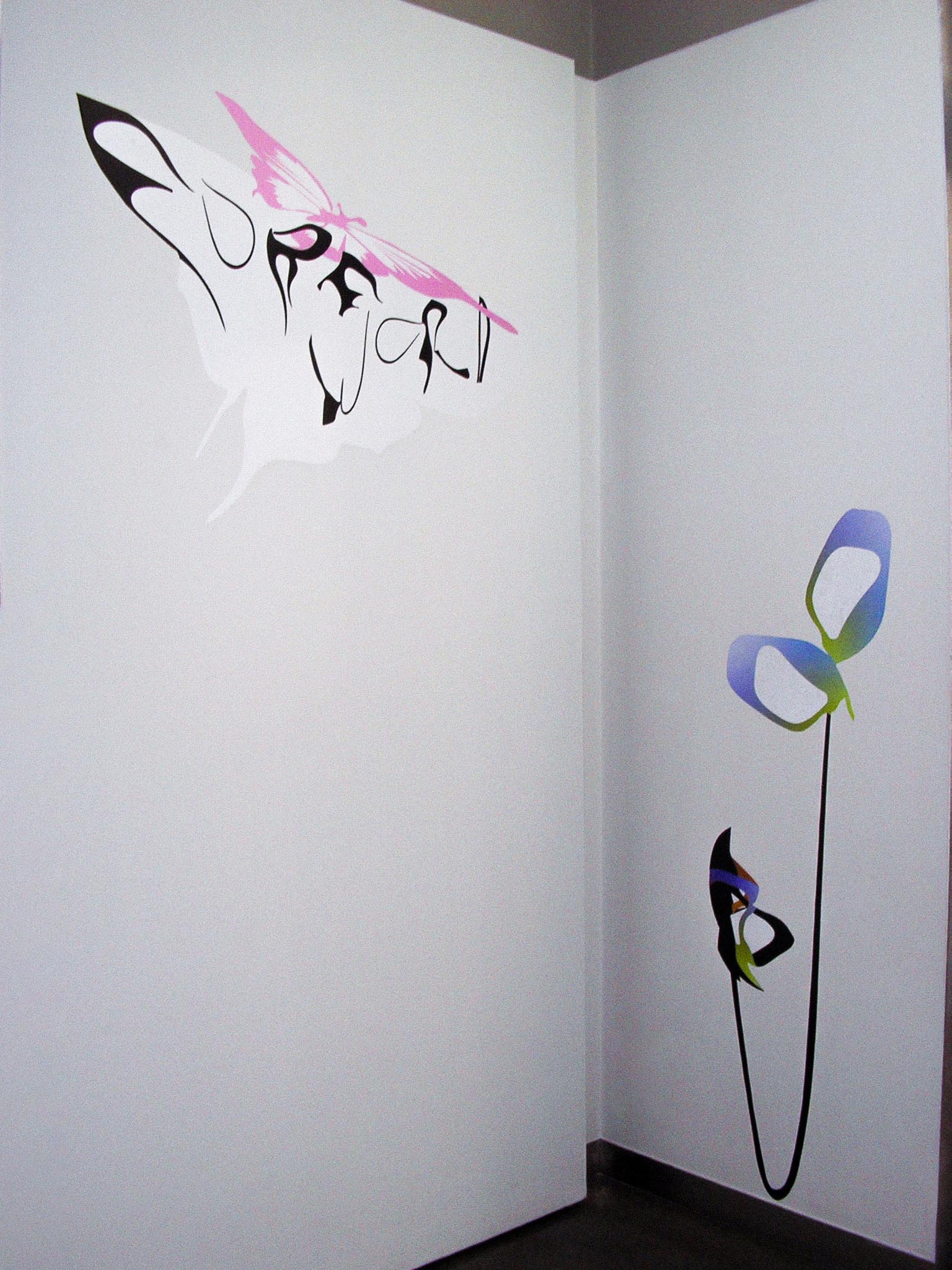
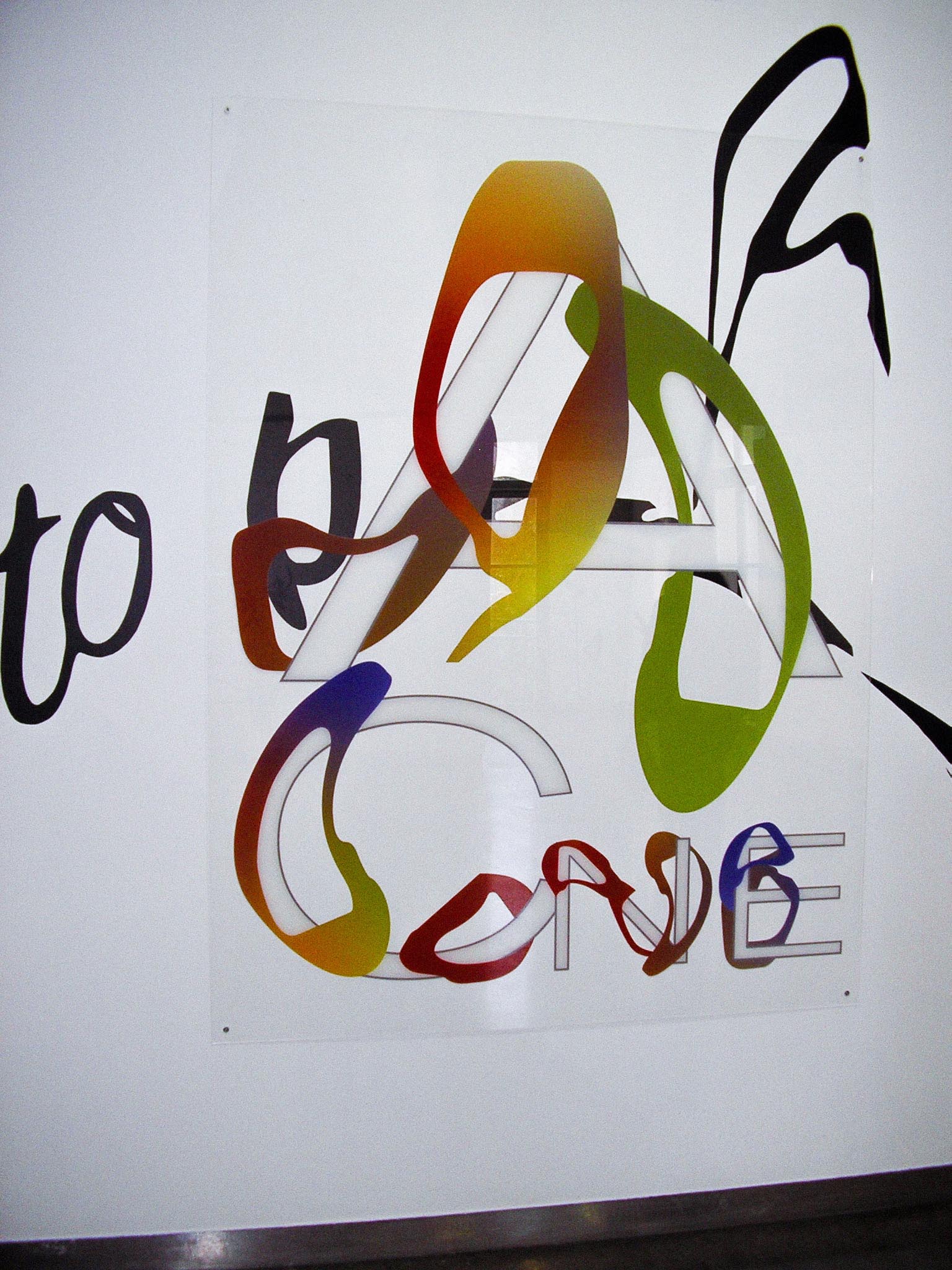
Alice Gavin
November 2023
The MABA in Paris is hosting an exhibition dedicated to ALICEGAVINSERVICES™ until December 17, 2023. As a graphic designer and artistic director, Alice Gavin offers her perspective on the various forms of contemporary art direction.
Temple Magazine
Could you give us an overview of what the visitors will discover in your exhibition at MABA?
Alice Gavin
Last year, Caroline Cournède, the director of the MABA foundation, invited me to do an exhibition, my first solo show. The first time I met the foundation was in 2014 when we got funding to support a research project with my previous creative studio GROUPE CCC. At the time, we were working on the creation of shared digital spaces, and the ability to work on files simultaneously to break the barriers between print and digital and to increase the operative reality of collaboration. It was bigger than us now I think about it, naïvely the project was close to creating something similar to a kind of Figma — that did not exist at the time. It’s such a brilliant tool.
Almost a decade later, I now work under my name, the idea was to present my practice in a chronological order, in a didactic and simple manner so that people can really understand what image direction is and what I do. The course starts with graphic design, typography, and develops with editorial direction, art direction, creative direction which includes video and photography, and even art projects. There is also an experimentation on the top floor, which is the most recent creation. One of the challenges was to show that when you work with images, whether graphic or otherwise, you don't have to limit yourself to posters and paper. You can show broader things and open up the field of what design can be by default. In the exhibition, there is hardly any paper, except for documentation. It was a significant intention to showcase images without relying solely on paper. It was also a narrative choice to start at the beginning with logos. Another aspect of the exhibition is that when you create images, the format is typically pages or digital, but here, it's a 3D space with walls, a floor, and a ceiling. It has been a constant question of mine: how do you display images in a space?
Temple Magazine
At the same time, it's a real challenge, especially for a graphic designer, to figure out how to showcase your printed work in an exhibition space.
Alice Gavin
Exactly. In general, you have a box with a transparent lid, or framed images and they are treated as highly precious relics. Hencing the idea of reinterpreting my archives. It was too depressing to have so much space and only showcase a magazine or a poster the way they were delivered. Also I was concerned about displaying images that were originally created for digital and I was wondering about how to avoid screening them only.
Temple Magazine
The experimental bench designed in collaboration with Alexandra Gerber seems to be an immersive experience for visitors. Can you explain how this interactive element complements the entire exhibition and the reactions from viewers?
Alice Gavin
The bench is a direct response to all of this, the reinterpretation of my archives and creating images for the space. When you enter the first room, it’s fulfilled with typography on the walls, there's a square format with some lettering I did for a British artist's digital album covers. To create this bench, I used the letter "H" and the bench is shaped like a top-down view of the letter. I thought of it as a typographic experimental specimen. But you cannot edit a classic one with experimental lettering – it just does not make sense — it could only be experimental in a way, and made possible in this very specific context of an exhibition; on the edge of an art project with considerations for functionality, making it a bench and not just a sculpture that you can sit on. Ultimately, when people sit on it, we always end up talking about typography. The all-orange scenography in that room was also intentional to eliminate the appearance of a living room and to emphasize with the idea that even a space is an image in a way. Beyond these didactic explanations, it was just fantastic for me to create something in 3D and of this scale, which I had never done before. It is also fulfilling the role of art direction because even though I conceptualized it and designed the original first element, it’s the result of a process of collaborations to endure the requirements of product design and the constraints of technical feasibility. I've always worked in the context of commission or collaborations, it’s an isolated practice by myself – it’s very much collective. The bench, in a way, symbolizes this strongly, and it requires design expertise to ensure it functions as a safe seat. When I sent the first ideas as a PDF of my lettering to Alexandra, she understood them from the top view where I was seeing them from front – interesting to see different mental representations of space coming from different practices. In the coming years, I would like to have a period of creating more mobile pieces like that, but I have no intention of going into the field of design; I lack the expertise. However, I find the object-oriented approach of design interesting in the sense of shifting the role of graphic designers towards working with three-dimensional elements.
Temple Magazine
What is your process for creating these letterings? Is it initially manual or entirely digital?
Alice Gavin
This process is something that emerged the first time when working on the very last project as GROUPE CCC with Novembre Magazine, which later became a process I developed extensively in my work. It's important to note that what I presented in this exhibition is subsequent to this first experience. In my lettering design process, everything is digital; they are modular elements that I assemble. It might seem like random design, but it's actually a real system using modules. I come from a graphic design background, so it’s all about creating rules first to generate a system then and after that, well I find ways to disrupt it.
Temple Magazine
Do you have a set of shapes that you re-use for each of your letterings?
Alice Gavin
It's more about a process, which remains the same, and the shapes adapt to the nature of each commission. It's a system of shapes and cut-outs that are assembled, and there are some rules for example: you can't change the size, you can rotate them in any direction, but you can't truncate the shapes.
Talking of work process, in my first studio, it was a real collaborative duo. Now with ALICEGAVINSERVICES™, it's primarily my work, but it's developed in collaboration with others. It's still a team effort, but it serves my vision, my desires, whether it's my work as an artist, artistic director, or graphic designer. I think it's more of a support for my work than a collective writing process.
Temple Magazine
Establishing protocols each time must make it easier to work with your team.
Alice Gavin
Yes! However, the only thing that didn't work so well was this ‘free form’ typographic approach. We tried, but no one could quite follow the process of designing lettering because it appeared too personal. For example, in my work with the Ballet National de Marseille, there were collaborators who had skills and practices that I didn't. For instance, more focused on fashion and styling. I really needed someone who understood clothing in regards to the costume archives, whereas it's not an integrated aspect of my work. At that point, the work becomes more collaborative. But it's a different kind of collaboration, more in the realm of artistic direction. It’s also enlarged by a large spectre of profiles a studio needs such as legal knowledge for example which is not considered creative but so important. My bureau of “image direction and creative design” was made relevant thanks the work of Anna Dotigny, Héloïse Bouchot, Jade Randon and Matthias Valigny Sabbagha.
Temple Magazine
Your career has led you to work with a variety of clients, from cultural institutions to fashion brands and the music industry. How do you manage to maintain your artistic identity while catering to the diverse needs of these clients?
Alice Gavin
Well, to be honest, there are also things that we don't show. I'm glad to say this because it's rarely discussed. What you showcase are the projects you're proud of and you hope that people will come to you for similar work. I think this is something that develops over time. In the beginning, I didn't even have a website until 2015, and I started working around 2010. For the first five years, there was nothing. My work wasn't visible, and I didn't want people to approach me for things I didn't fully endorse. I think it's about gradually finding economic and visual systems where you can strike a balance. The challenge is to survive, then to grow, and finally to show what you love, so that it all aligns. That's what happened in the end, with me being vigilant about what to showcase. I've built my career a lot through my network of friends, and I didn't start by working with brands right away. There is a relevance in those initial collaborations where you put everything you love into it. My network was consistent with my artistic ambitions, and the brands came later. Getting to where I am now was a bit of a struggle, but I think it's worth it. For example, with (LA)HORDE, we were friends in the same school with Marine Brutti, one of the of the three co-founders of the collective. So, there's a sense of trust, and this collaboration with the Ballet National de Marseille exists because we've known each other for fifteen years and worked together before. Nobody was worried about what would happen, so they gave me a carte blanche. But I started by creating PowerPoint presentations for Publicis so that I could also design album covers for our friends on the side. These were parallel worlds. I also believe that ALICEGAVINSERVICES™, which has a five-year history, and that's why the exhibition showcases archives from 2018 to 2023, represents a pivotal chapter in my journey. After the initial duo and more than ten years of activity, it's now almost fifteen years. What does collaboration mean? What is team work, what is your role as an author, what is commissioned work? I think that also what the exhibition is about although I don’t have all the answers.
Temple Magazine
Could you give us an overview of what the visitors will discover in your exhibition at MABA?
Alice Gavin
Last year, Caroline Cournède, the director of the MABA foundation, invited me to do an exhibition, my first solo show. The first time I met the foundation was in 2014 when we got funding to support a research project with my previous creative studio GROUPE CCC. At the time, we were working on the creation of shared digital spaces, and the ability to work on files simultaneously to break the barriers between print and digital and to increase the operative reality of collaboration. It was bigger than us now I think about it, naïvely the project was close to creating something similar to a kind of Figma — that did not exist at the time. It’s such a brilliant tool.
Almost a decade later, I now work under my name, the idea was to present my practice in a chronological order, in a didactic and simple manner so that people can really understand what image direction is and what I do. The course starts with graphic design, typography, and develops with editorial direction, art direction, creative direction which includes video and photography, and even art projects. There is also an experimentation on the top floor, which is the most recent creation. One of the challenges was to show that when you work with images, whether graphic or otherwise, you don't have to limit yourself to posters and paper. You can show broader things and open up the field of what design can be by default. In the exhibition, there is hardly any paper, except for documentation. It was a significant intention to showcase images without relying solely on paper. It was also a narrative choice to start at the beginning with logos. Another aspect of the exhibition is that when you create images, the format is typically pages or digital, but here, it's a 3D space with walls, a floor, and a ceiling. It has been a constant question of mine: how do you display images in a space?
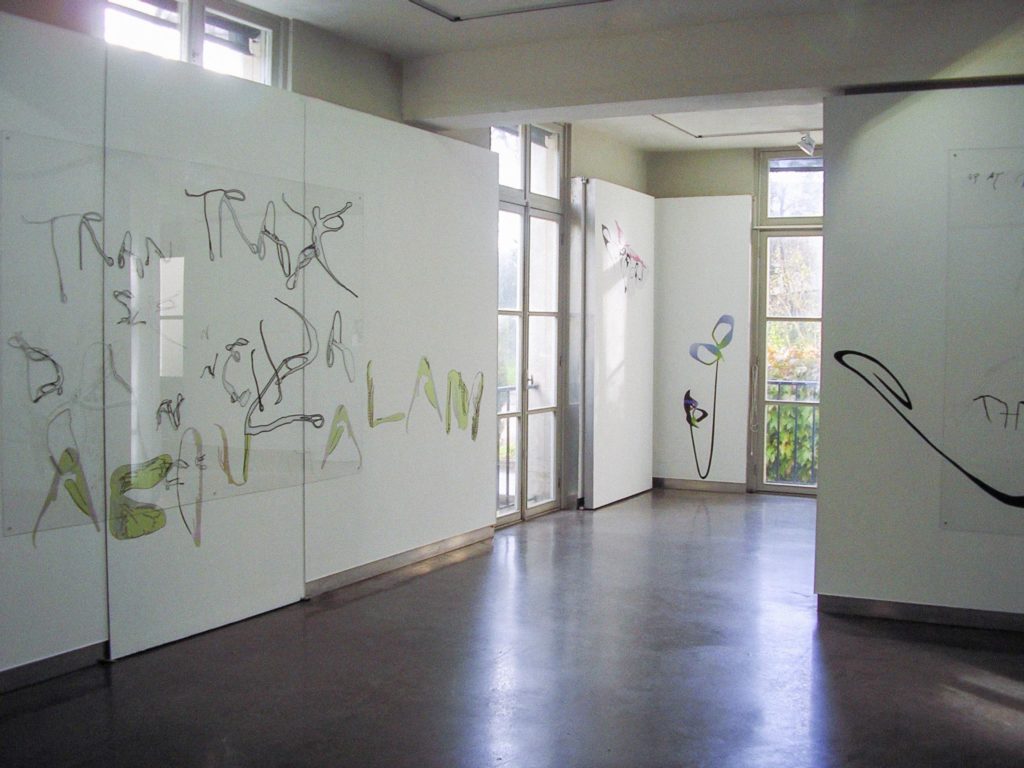
Temple Magazine
At the same time, it's a real challenge, especially for a graphic designer, to figure out how to showcase your printed work in an exhibition space.
Alice Gavin
Exactly. In general, you have a box with a transparent lid, or framed images and they are treated as highly precious relics. Hencing the idea of reinterpreting my archives. It was too depressing to have so much space and only showcase a magazine or a poster the way they were delivered. Also I was concerned about displaying images that were originally created for digital and I was wondering about how to avoid screening them only.
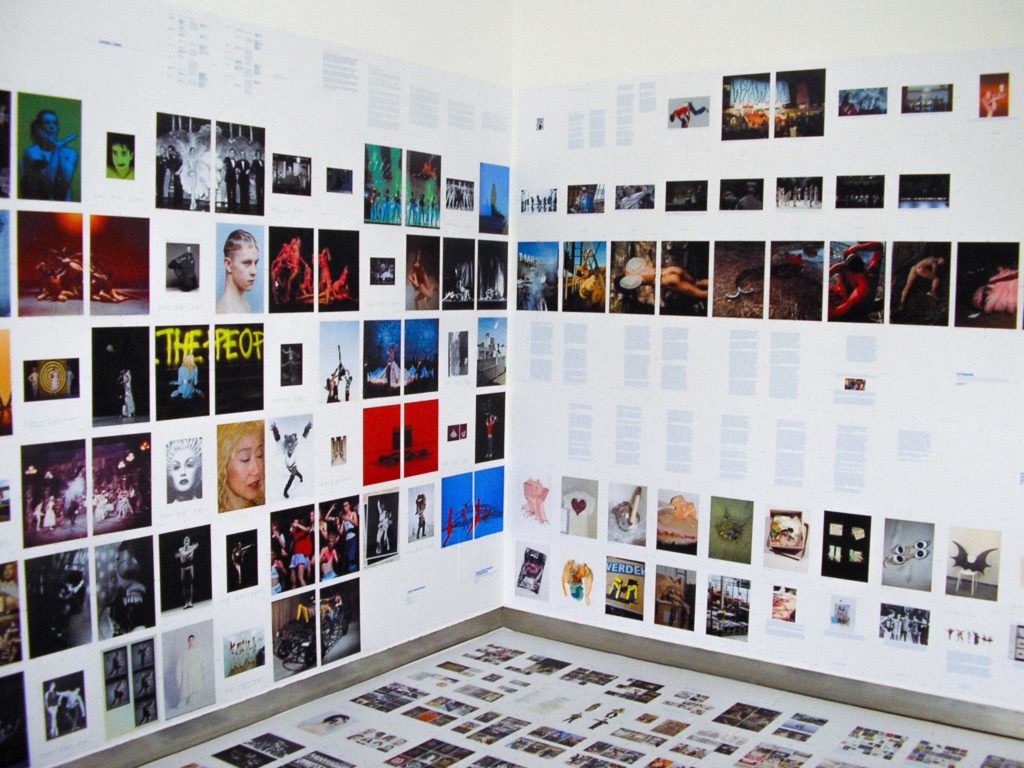
Temple Magazine
The experimental bench designed in collaboration with Alexandra Gerber seems to be an immersive experience for visitors. Can you explain how this interactive element complements the entire exhibition and the reactions from viewers?
Alice Gavin
The bench is a direct response to all of this, the reinterpretation of my archives and creating images for the space. When you enter the first room, it’s fulfilled with typography on the walls, there's a square format with some lettering I did for a British artist's digital album covers. To create this bench, I used the letter "H" and the bench is shaped like a top-down view of the letter. I thought of it as a typographic experimental specimen. But you cannot edit a classic one with experimental lettering – it just does not make sense — it could only be experimental in a way, and made possible in this very specific context of an exhibition; on the edge of an art project with considerations for functionality, making it a bench and not just a sculpture that you can sit on. Ultimately, when people sit on it, we always end up talking about typography. The all-orange scenography in that room was also intentional to eliminate the appearance of a living room and to emphasize with the idea that even a space is an image in a way. Beyond these didactic explanations, it was just fantastic for me to create something in 3D and of this scale, which I had never done before. It is also fulfilling the role of art direction because even though I conceptualized it and designed the original first element, it’s the result of a process of collaborations to endure the requirements of product design and the constraints of technical feasibility. I've always worked in the context of commission or collaborations, it’s an isolated practice by myself – it’s very much collective. The bench, in a way, symbolizes this strongly, and it requires design expertise to ensure it functions as a safe seat. When I sent the first ideas as a PDF of my lettering to Alexandra, she understood them from the top view where I was seeing them from front – interesting to see different mental representations of space coming from different practices. In the coming years, I would like to have a period of creating more mobile pieces like that, but I have no intention of going into the field of design; I lack the expertise. However, I find the object-oriented approach of design interesting in the sense of shifting the role of graphic designers towards working with three-dimensional elements.
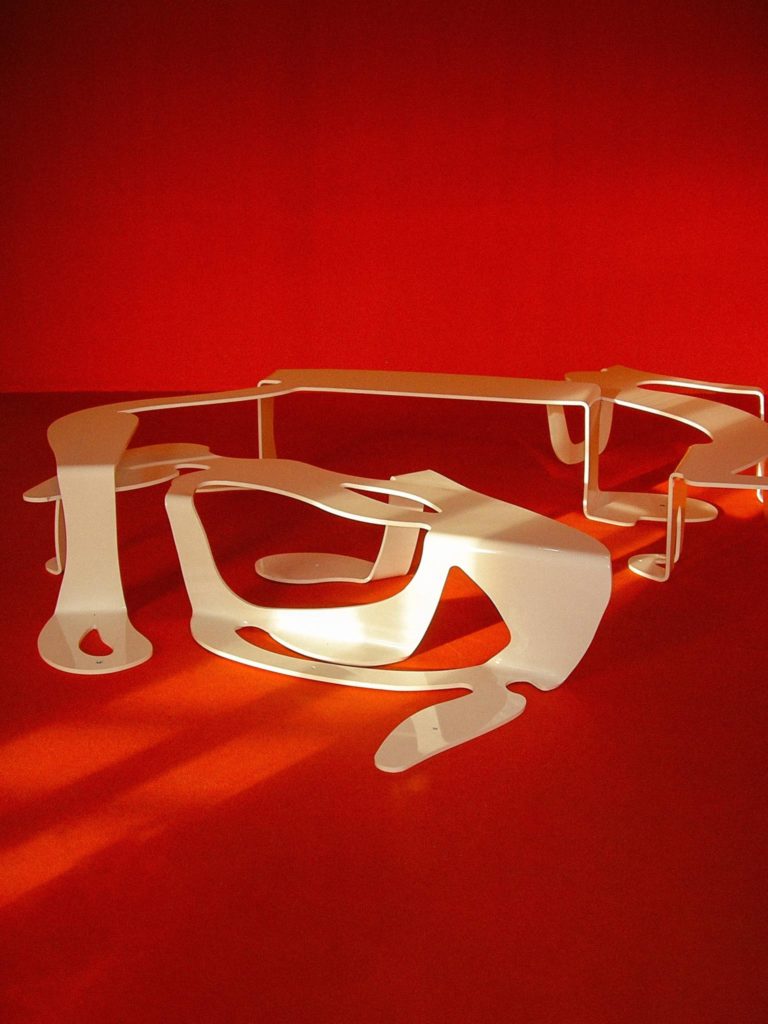
Temple Magazine
What is your process for creating these letterings? Is it initially manual or entirely digital?
Alice Gavin
This process is something that emerged the first time when working on the very last project as GROUPE CCC with Novembre Magazine, which later became a process I developed extensively in my work. It's important to note that what I presented in this exhibition is subsequent to this first experience. In my lettering design process, everything is digital; they are modular elements that I assemble. It might seem like random design, but it's actually a real system using modules. I come from a graphic design background, so it’s all about creating rules first to generate a system then and after that, well I find ways to disrupt it.
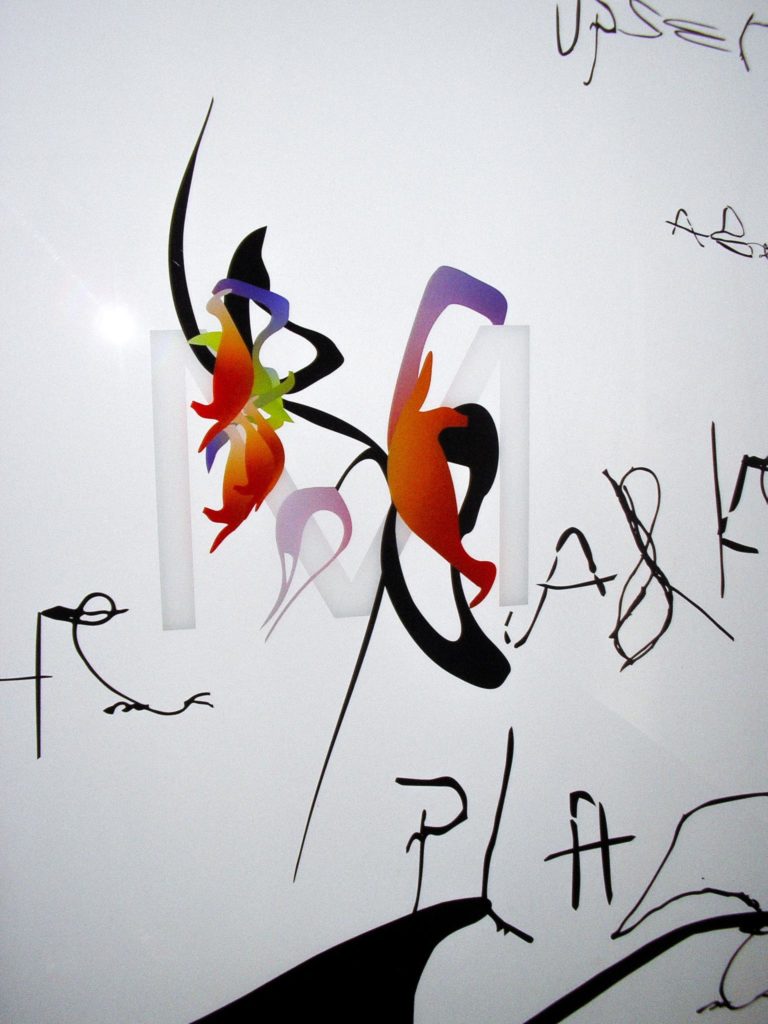
Temple Magazine
Do you have a set of shapes that you re-use for each of your letterings?
Alice Gavin
It's more about a process, which remains the same, and the shapes adapt to the nature of each commission. It's a system of shapes and cut-outs that are assembled, and there are some rules for example: you can't change the size, you can rotate them in any direction, but you can't truncate the shapes.
Talking of work process, in my first studio, it was a real collaborative duo. Now with ALICEGAVINSERVICES™, it's primarily my work, but it's developed in collaboration with others. It's still a team effort, but it serves my vision, my desires, whether it's my work as an artist, artistic director, or graphic designer. I think it's more of a support for my work than a collective writing process.
Temple Magazine
Establishing protocols each time must make it easier to work with your team.
Alice Gavin
Yes! However, the only thing that didn't work so well was this ‘free form’ typographic approach. We tried, but no one could quite follow the process of designing lettering because it appeared too personal. For example, in my work with the Ballet National de Marseille, there were collaborators who had skills and practices that I didn't. For instance, more focused on fashion and styling. I really needed someone who understood clothing in regards to the costume archives, whereas it's not an integrated aspect of my work. At that point, the work becomes more collaborative. But it's a different kind of collaboration, more in the realm of artistic direction. It’s also enlarged by a large spectre of profiles a studio needs such as legal knowledge for example which is not considered creative but so important. My bureau of “image direction and creative design” was made relevant thanks the work of Anna Dotigny, Héloïse Bouchot, Jade Randon and Matthias Valigny Sabbagha.
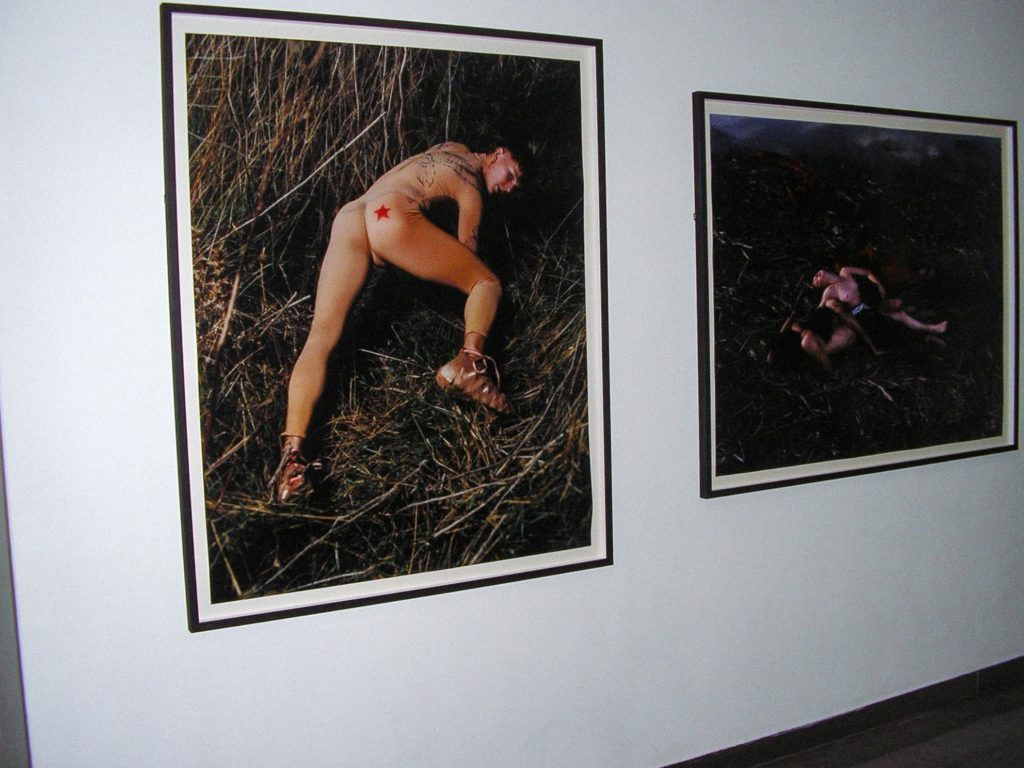
Temple Magazine
Your career has led you to work with a variety of clients, from cultural institutions to fashion brands and the music industry. How do you manage to maintain your artistic identity while catering to the diverse needs of these clients?
Alice Gavin
Well, to be honest, there are also things that we don't show. I'm glad to say this because it's rarely discussed. What you showcase are the projects you're proud of and you hope that people will come to you for similar work. I think this is something that develops over time. In the beginning, I didn't even have a website until 2015, and I started working around 2010. For the first five years, there was nothing. My work wasn't visible, and I didn't want people to approach me for things I didn't fully endorse. I think it's about gradually finding economic and visual systems where you can strike a balance. The challenge is to survive, then to grow, and finally to show what you love, so that it all aligns. That's what happened in the end, with me being vigilant about what to showcase. I've built my career a lot through my network of friends, and I didn't start by working with brands right away. There is a relevance in those initial collaborations where you put everything you love into it. My network was consistent with my artistic ambitions, and the brands came later. Getting to where I am now was a bit of a struggle, but I think it's worth it. For example, with (LA)HORDE, we were friends in the same school with Marine Brutti, one of the of the three co-founders of the collective. So, there's a sense of trust, and this collaboration with the Ballet National de Marseille exists because we've known each other for fifteen years and worked together before. Nobody was worried about what would happen, so they gave me a carte blanche. But I started by creating PowerPoint presentations for Publicis so that I could also design album covers for our friends on the side. These were parallel worlds. I also believe that ALICEGAVINSERVICES™, which has a five-year history, and that's why the exhibition showcases archives from 2018 to 2023, represents a pivotal chapter in my journey. After the initial duo and more than ten years of activity, it's now almost fifteen years. What does collaboration mean? What is team work, what is your role as an author, what is commissioned work? I think that also what the exhibition is about although I don’t have all the answers.
